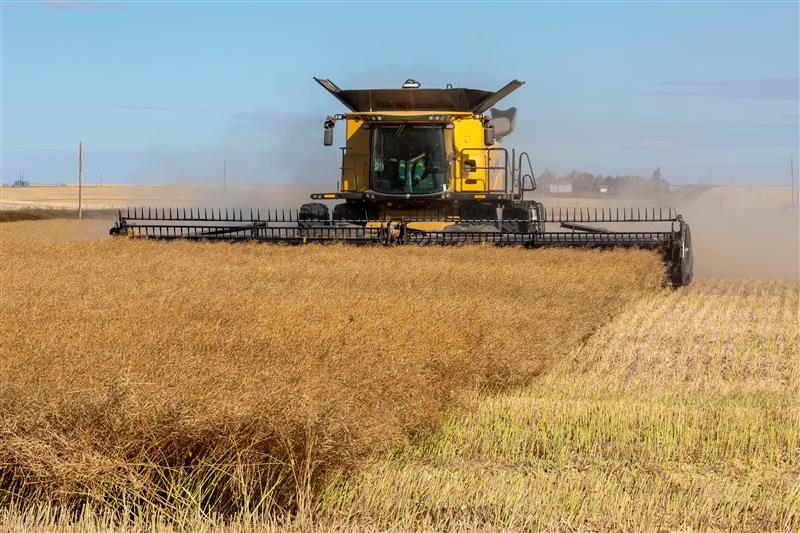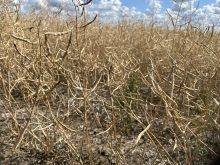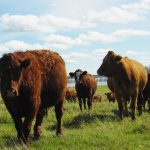IT’S A PLEASANT surprise that the World Health Organization and other countries ceded to entreaties from agricultural sectors and governments to rename the deadly flu virus that now dominates the news.
That is the only pleasant occurrence in relation to influenza H1N1, the virus formerly known as swine flu. It has killed at least 100 people, with the potential to sicken many more, and it has exposed the challenges of fighting disease in the global village. H1N1 appears to be a new strain of flu with avian, human and swine components.
Read Also

Rural emergency room closures continue to be vexing problem
Staffing issues are at the root of disruptions and closures in hospital emergency departments, both in rural and urban Canadian locations.
At time of writing, the flu’s origins were unknown. Human to human transmission is the cause of the current spread, and a case of human to pig transmission was reported last week in Alberta.
The name change from swine flu to H1N1 is more than a simple semantics exercise.
Social media in cyberspace, including bloggers, Facebook and Twitter, picked up on the “swine flu” name and were alive with errors last week about the flu’s origins in a Mexican swine herd and the dangers of eating pork.
The pork industry and governments countered using the same media, but to little immediate effect.
Hog futures fell on the Chicago market and hog and pork demand was down due to fears about reduced consumption that might result from mistaken beliefs that the flu could be spread by eating pork.
Canadian and American hog producers were reporting estimated losses of up to $20 per pig, with more damage expected if the number of human flu cases increases.
For the record, people cannot catch H1N1 from eating pork.
Countries outside North America imposed trade restrictions or outright bans on live hogs, raw pork or pork products from Mexico and the U.S., some of which extended to Canadian hogs and pork. The resulting glut of supply weighed the market further.
All this, even though swine have not been proven as the source of the H1N1 virus and there is no risk in eating pork.
Hog producers, the meat industry and North American governments were right to demand that a more accurate and less damaging name be imposed for this flu.
In the meantime, it is obvious that politics, rather than genuine health concerns, are the reason for many trade restrictions. It might be a case of retaliation for previous restrictions imposed on other countries by North America, in the case of China, or it might be an opportunity to encourage growth in the domestic swine industry, as in Russia’s case.
But it’s dangerous to impose trade restrictions in the name of public health protection when the real reason is something else entirely. Such actions reduce public confidence in the sincerity of government efforts to control disease and act responsibly under threat of a pandemic.
Last week we learned that misinformation and reaction to misinformation spread much more rapidly than a flu virus.
In this global village, it is more important than ever to apply critical thought to information about H1N1.
Consider the source. Consider the accuracy of the data. Consider the repercussions and the benefits. Consider your safety, and that of your family and your livestock.
Act accordingly. And stay well.
Bruce Dyck, Terry Fries, Barb Glen, D’Arce McMillan and Ken Zacharias collaborate in the writing of Western Producer editorials.















